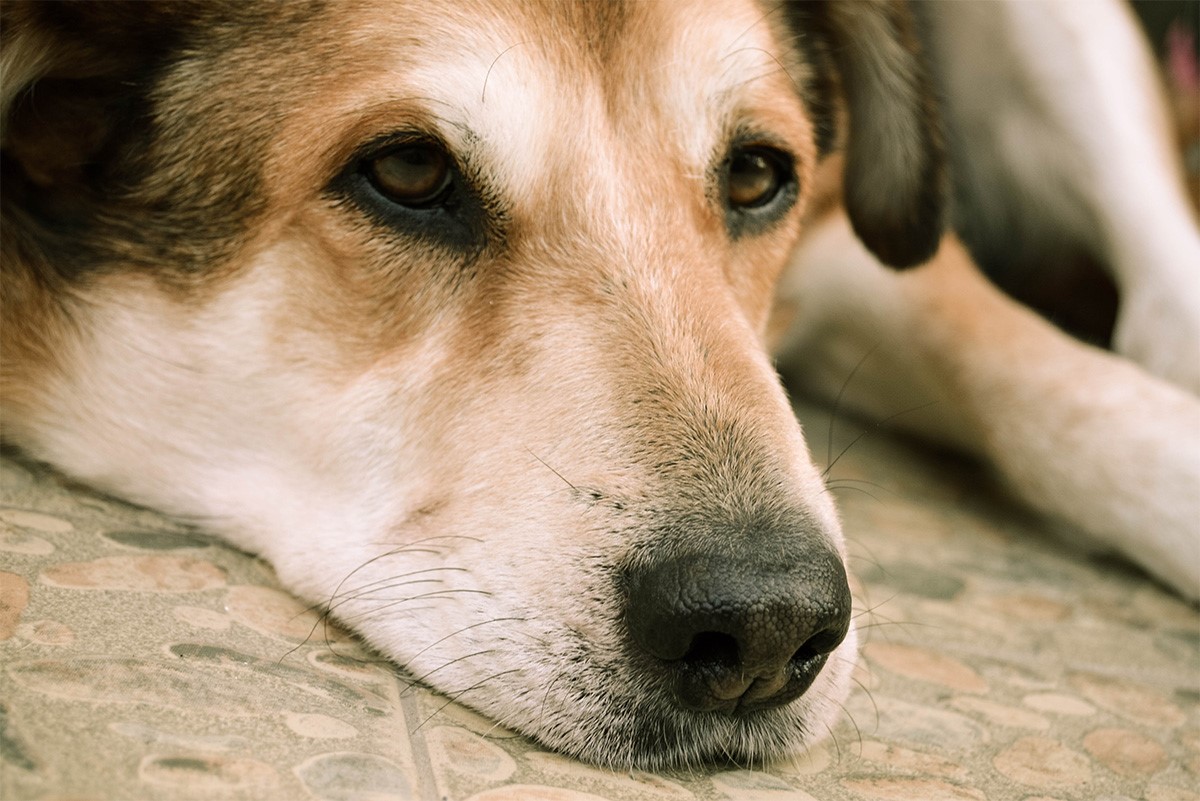Animal Abuse – When Can an Animal Be Taken Away from Its Owner?
In cases of animal abuse, the only effective way to ensure safety and care for the animal is to remove it from its owner. The manner in which this is carried out is strictly regulated by the Polish Animal Protection Act.
According to Article 7 of the Act, there are two separate legal procedures for the removal of an animal. Both take place within administrative proceedings and result in an official decision regarding the temporary removal of the animal. These apply regardless of whether the abused animal is a pet, livestock, or wild animal.

Procedure 1 – Standard Administrative Process
Under the first procedure, the decision to remove an animal is made by the mayor, village head, or city president, depending on the jurisdiction. Once the decision is made:
- Pets are transferred to animal shelters,
- Farm animals are relocated to designated farms,
- Other animals (e.g., used in entertainment or films) are sent to shelters or zoos.
Transfer requires consent from the receiving facility.
This decision is based on reports from the police, municipal guards, veterinarians, or animal welfare organizations. The decision must meet formal legal standards, including justification, and is immediately enforceable – even though the owner has the right to appeal within 3 days. The appeal is resolved by a local appeals board within 7 days. If the appeal is rejected, the owner may file a complaint with the administrative court.
If the decision is overturned, the animal must be returned to its previous owner or caretaker.
Procedure 2 – Emergency Intervention
This applies to urgent cases where the animal’s health or life is at risk, and immediate action is required.
In these situations:
- The animal is removed first,
- Authorities are then notified to issue the official decision afterward.
Only authorized entities can carry out the removal:
- A police officer,
- A municipal guard,
- Or a representative of a registered animal welfare organization.
If necessary, direct coercion can be used if the owner resists.
What Happens After the Animal Is Taken?
Once removed, the animal is temporarily housed in a shelter or designated farm. The costs of transportation, care, and treatment are covered by the original owner.
While the administrative removal is temporary, criminal proceedings may follow. Under the law, animal abuse is a crime, and the perpetrator will face criminal prosecution. These cases are prosecuted ex officio, meaning automatically by the state.
If the owner is convicted, the court will order the forfeiture of the animal. The animal will not be returned.
If the case is dismissed or the owner is acquitted, the animal must usually be returned. However, if dismissal is due to mental illness, a return could endanger the animal. In such cases, the court may still order forfeiture under Article 45a of the Criminal Code, protecting the animal from future harm.

